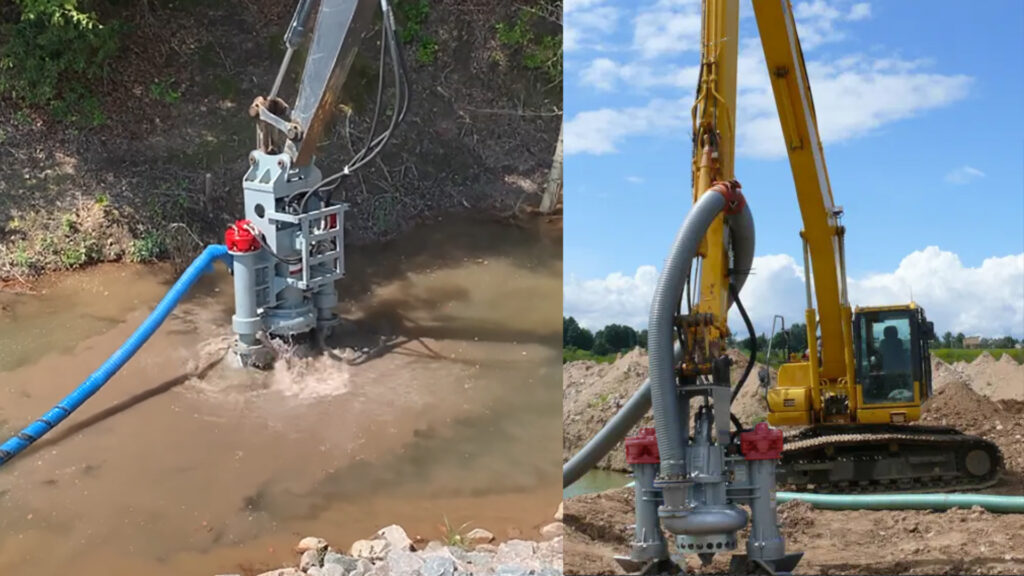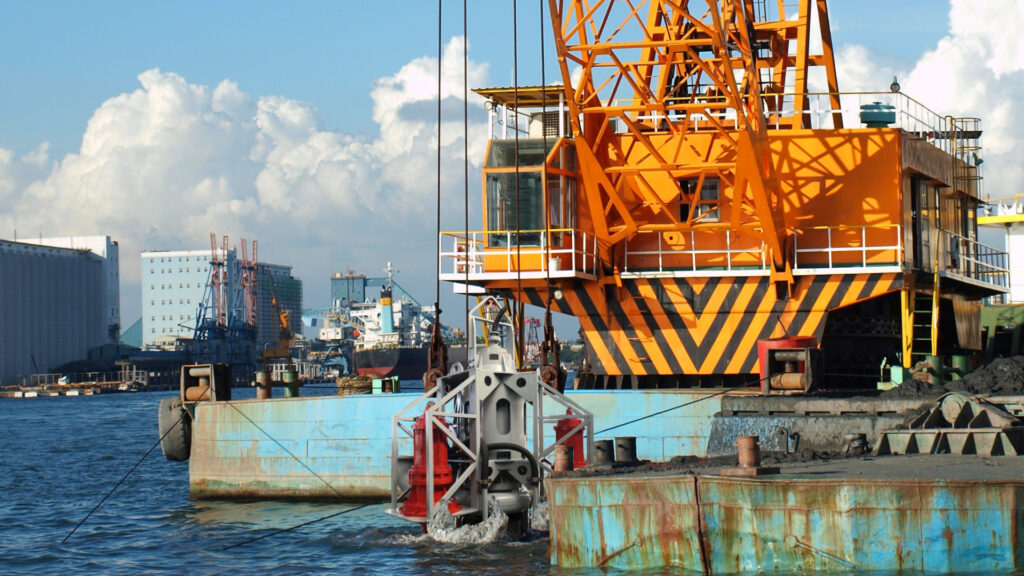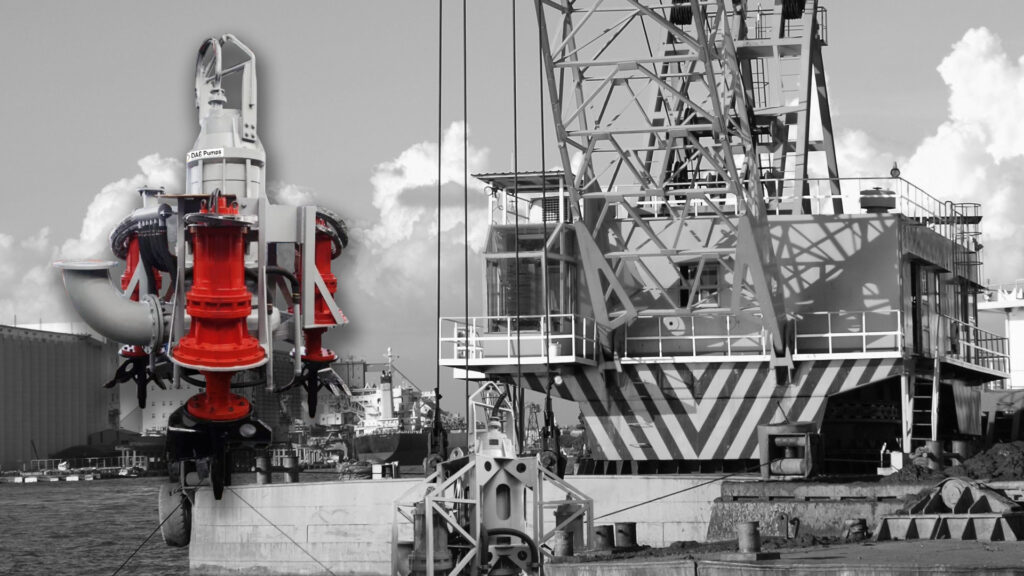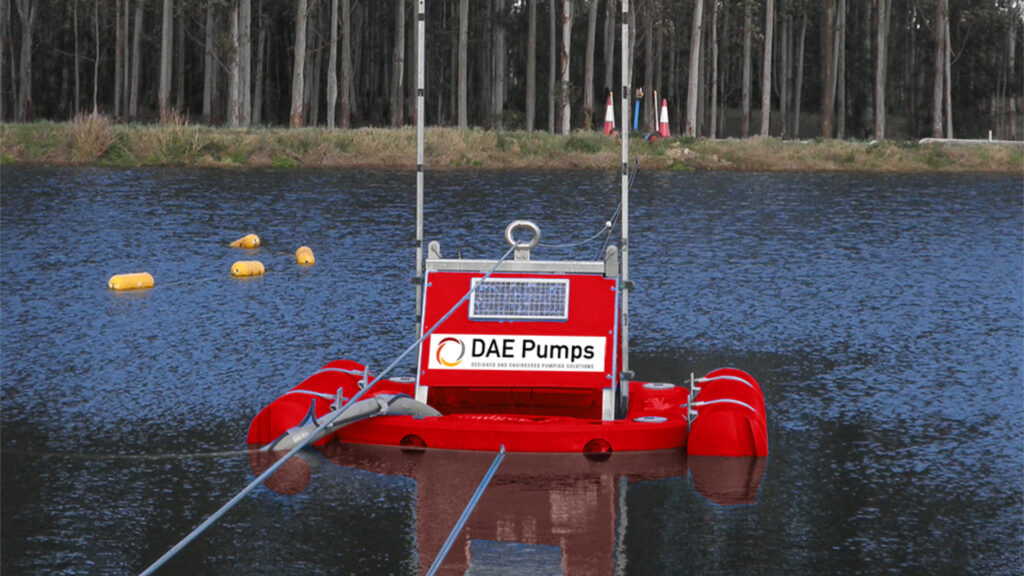- Introduction
- Understanding Your Dredging Project Needs
- Types of Dredge Pumps
- Key Factors to Consider When Choosing a Dredge Pump
- Matching Pump Size to Your Dredging System
- The Role of Pump Drive Systems
- Environmental and Regulatory Considerations
- Choosing a Reliable Pump Supplier
- Cost vs. Long-Term Value
Introduction
Dredging projects play a crucial role in maintaining waterways, supporting construction, and managing environmental impacts. Whether you’re working on a river, lake, seabed, or industrial site, the right dredge pump is essential for efficient operations. The dredge pump you select will directly impact the project’s success by influencing the ease of material transportation, time efficiency, and overall cost. Additionally, when it comes to specialized requirements or short-term projects, opting for a dredge pump rental can be a cost-effective solution. This article will walk you through the key considerations when selecting the ideal dredge pump for your project, ensuring you make a well-informed choice that matches your needs.
Understanding Your Dredging Project Needs
Before choosing a dredging pump, it’s essential to assess the specifics of your project. The environment where dredging will take place—be it a river, lake, seabed, or industrial setting—will determine the pump’s features. For example, river dredging may require a pump that handles large amounts of sediment, while a seabed operation may demand a dredge pump suited for high depths.
The types of materials you’ll be dealing with, such as sand, gravel, slurry, or silt, also affect your choice. Sand and gravel require dredging pumps designed to handle large, coarse particles, while slurry and silt need pumps with the ability to manage finer, more fluid material. Additionally, the scale of the project, whether small or large, determines the pump’s size, power, and overall capacity. In some cases, rental options might allow flexibility based on your project’s changing needs.

Types of Dredge Pumps
Understanding the different types of dredge pumps available is essential when making your selection.
- Centrifugal Pumps: These pumps are ideal for moving large volumes of water mixed with solid materials. Their design makes them well-suited for handling abrasive materials like sand and gravel. Centrifugal pumps are commonly used in large-scale dredging operations where capacity and flow rate are top priorities.
- Submersible Pumps: These pumps are submerged in water and work underwater, making them perfect for deep-water dredging projects. Their compact design allows them to be placed closer to the dredging area, improving efficiency in material transportation.
- Hydraulic Pumps: Hydraulic pumps are often preferred for high-pressure dredging tasks. They can handle challenging environments and provide the necessary force to move heavy, dense materials. Their versatility makes them suitable for various dredging applications, particularly in industrial settings.
- Pneumatic Pumps: Operating using compressed air, pneumatic pumps are typically used in specialized projects where air-powered systems are preferred. While less common, they offer a unique solution for projects requiring non-electric pumps.
Key Factors to Consider When Choosing a Dredge Pump
When selecting a dredge pump, several key factors will influence your decision:
- Pump Capacity and Flow Rate: Your dredging pump’s flow rate should align with the project’s material removal goals. A pump with the correct capacity ensures efficient transportation of materials, reducing the time required for the operation.
- Pump Durability: The materials used in the pump’s construction are critical for long-term performance. Pumps made from durable materials like cast iron or high-grade steel are better suited for abrasive environments, such as those handling sand or gravel. In contrast, corrosion-resistant materials are ideal for handling slurry or industrial liquids.
- Energy Efficiency: Power consumption is a significant factor in a dredging project’s operational costs. Choosing an energy-efficient dredge pump will reduce your overall expenses while maintaining optimal performance.
- Solids Handling Capability: Different pumps can handle different solid materials. Pumps designed for larger particles are better for sand and gravel dredging, while those with finer solid handling capabilities are ideal for slurry and silt.
- Maintenance Requirements: Some pumps require more frequent maintenance than others. It’s important to select a pump with low maintenance needs to avoid downtime and keep the project running smoothly over extended periods. If you opt for rental, inquire about the maintenance responsibilities and support provided.
Matching Pump Size to Your Dredging System
The size of the pump must be compatible with your dredging equipment, such as excavators or cutter heads. Oversized pumps can lead to inefficiencies in operation, while undersized pumps may not meet the project’s material handling demands. Balancing the size of the pump with the project’s requirements and costs is critical.

For instance, using the wrong dredging pump size could lead to project delays and increased costs. A larger-than-necessary pump could consume more energy and resources, while a smaller pump may need frequent adjustments or replacements. In cases where project demands fluctuate, a dredge pump rental could offer a flexible alternative.
The Role of Pump Drive Systems
Choosing the correct pump drive system is another essential consideration. Typically, pumps can be powered by either electric or hydraulic systems. Electric pumps are suitable for standard dredging operations where electricity is readily available. At the same time, hydraulic systems are better suited for heavy-duty dredging projects that require high pressure and can handle rough terrains or underwater environments.
It’s also important to ensure that your selected pump integrates seamlessly with your existing systems, including machinery and pipelines, for a smooth and efficient dredging process.
Environmental and Regulatory Considerations

Dredging projects often have to meet environmental regulations to protect local ecosystems. Choosing pumps that comply with noise, emissions, and discharge standards will help ensure your project aligns with these requirements. Environmentally friendly pumps can also improve your chances of getting approval from regulatory authorities. Opting for a pump rental that meets these criteria may be a practical option for short-term projects, minimizing environmental impact.
Choosing a Reliable Pump Supplier
Selecting a reputable pump supplier is vital for ensuring quality and performance. Look for suppliers with a solid track record, good after-sales support, warranties, and easy access to replacement parts. Established suppliers can provide you with guidance on dredge pump selection and support throughout the project’s duration. Additionally, rental companies can offer short-term solutions with the added benefit of support services.

Cost vs. Long-Term Value
While upfront costs are a consideration, it’s essential to weigh them against the long-term value of the dredge pump. A cheaper pump may save money initially but could lead to higher operating costs or frequent replacements. Choosing a pump with a better balance between cost and long-term durability will help minimize downtime, reduce maintenance needs, and boost overall project productivity.
For example, conducting a cost analysis over five years can help you determine which pump model offers the best value for money. In some instances, a dredge pump rental might provide cost benefits, especially if the project is short-term or requires specific equipment for a limited time.
Conclusion
Selecting the ideal pump for your project involves evaluating several key factors, including the project environment, material type, pump durability, and energy efficiency. By considering your specific dredging needs and long-term operational goals, you can choose a dredge pump that ensures efficiency, reduces costs, and maximizes success. For flexible projects, a dredge pump rental could offer a cost-effective solution. A well-informed decision will not only improve project performance but also provide long-lasting value for future operations.
